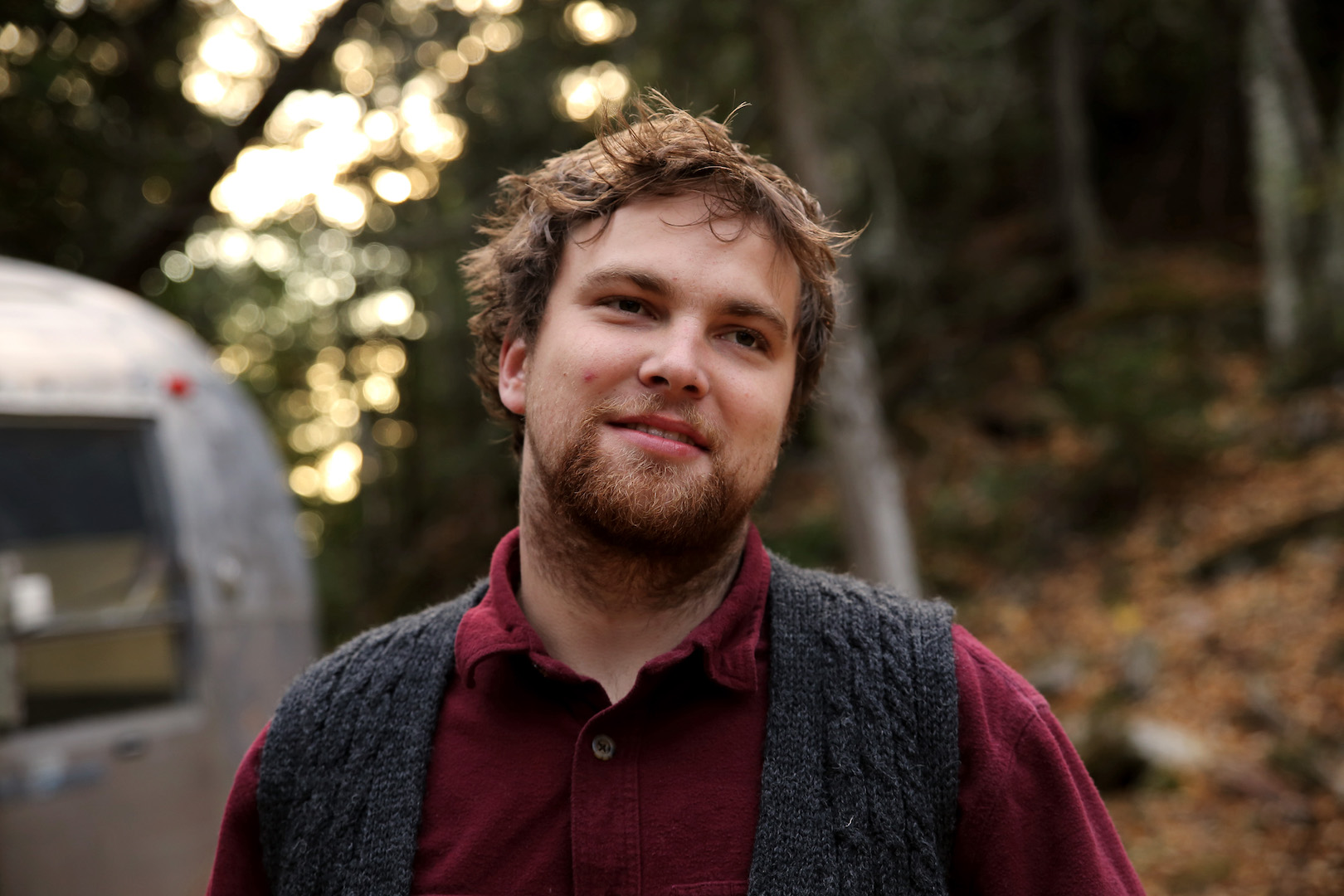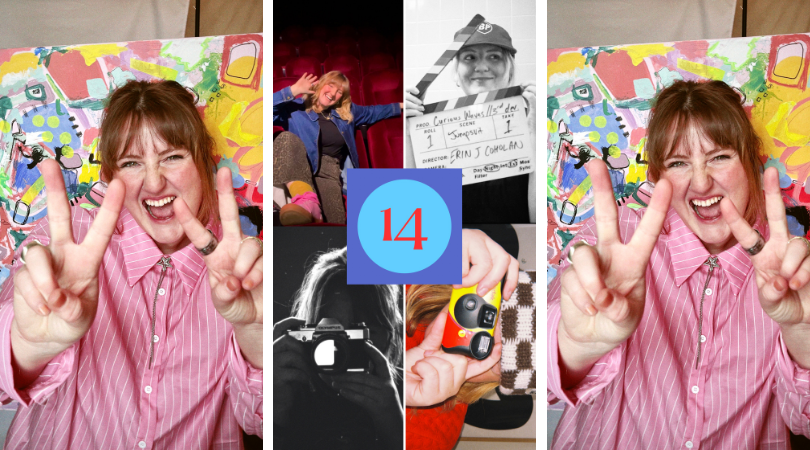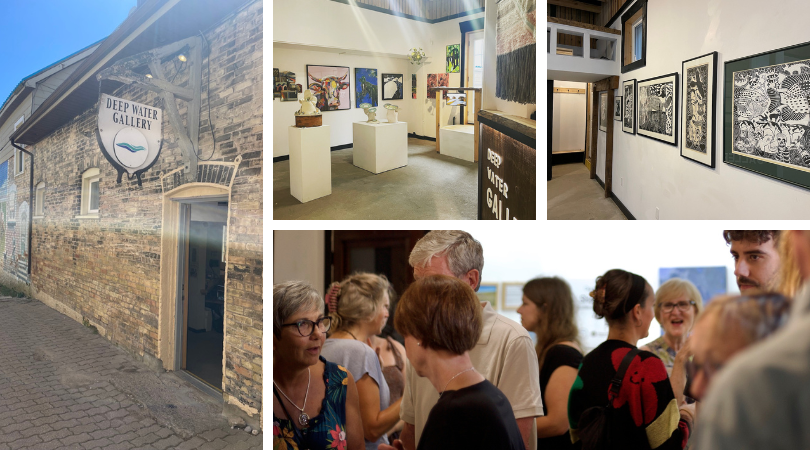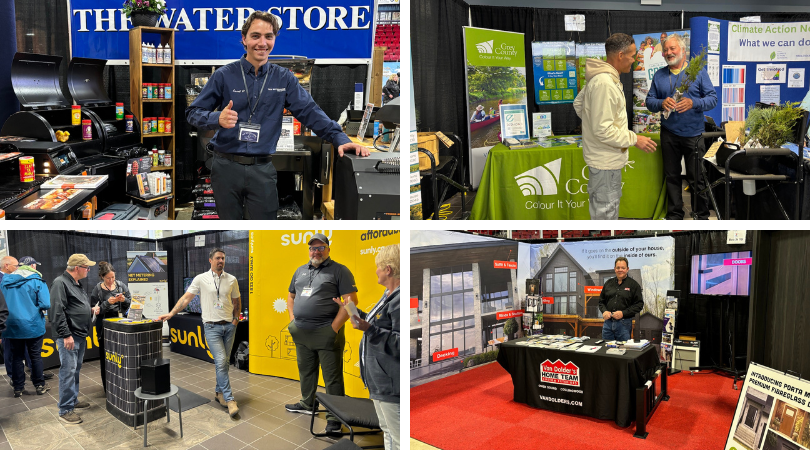Early this summer, while driving home from the library, a woman caught my eye. I live on a road section of the Bruce Trail and frequently see hikers in my scenic neighbourhood. This woman stood out: she carried a wooden staff, brass bucket and was accompanied by a very focused, white dog.
I guessed, correctly, that she was a Water Walker. These amazing women have passed through my neighbourhood before, but I have never had the right combination of time and gutsiness to reach out and actively welcome them to our village. I vaguely knew that the Water Walkers are First Nations, and walk out of respect and a desire to protect our beautiful waters.
Inspired by an Alysha Brilla statement on race and perception, “Your silence speaks….when you speak up, it tells us that we are safe around you” and feeling like time was plentiful during the pandemic I quickly packed up some snacks and water and biked back to the Walker on the road. At the time, I did not know that our initial greeting would extend into several days of supporting LeeAnne on the trail, and a much deeper understanding of the relationship between the Saugeen Ojibway Nation (SON) and water.
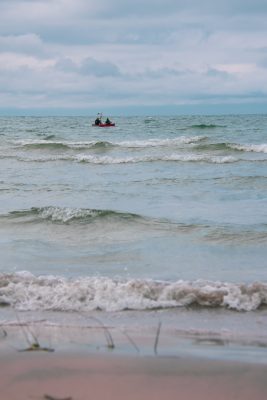
LeeAnne Bewasaya Shawanabineshii Stevens has walked from Nochemowenaing (Hope Bay) to Niagara Falls for the last four summers (usually in the reverse direction – Niagara Falls to Nochemowenaing). Due to COVID, LeeAnne changed her route this year.
As she walks, she gathers water from the creeks, streams, rivers and lakeshores that the Bruce Trail passes over or by. This collective, sacred mix of water travels the entire trail with LeeAnne and as she walks, she prays for the water and her community. LeeAnne also watches for signs of traditional land use. She expresses gratitude to the Bruce Trail Conservancy for protecting and maintaining the trail, in addition to frustration at the names and plaques that almost exclusively honour settlers. She informally documents marker trees along the trail – trees that were trained to grow in directions that indicated landmarks along the escarpment.
On our last day together, I walked several kilometres with LeeAnne to the top of Jones Falls. Two things stood out for me: every step was a deep, heartfelt prayer. And at one point, when her son joined us – briefly using someone’s driveway – she expressed fear about an Owen Sound neighbourhood in which I have always felt comfortable. My physical journey parted ways with LeeAnne at Jones Falls, but that is not close to the end of this story.
A week or two later, via social media, I learned about Waasekom Niin’s canoe journey around the Saugeen Peninsula (Bruce Peninsula) from Aazhoodenaang (Stoney Point) to Wasaga Beach. Inspired by his friend LeeAnne, Waasekom made a spiritual commitment to honour the water. Despite challenges created by the pandemic and strong headwinds, Waasekom completed his month-long journey. He too encountered some settlers who were welcoming and others who used their understanding of private land to discourage him from resting on ‘their’ sections of shoreline.

A brief history lesson is useful to understand the complex relationship between cottagers and the SON. Treaty 72 signed in 1854, opened most of the Saugeen Peninsula to settlers. From the perspective of the SON no treaty included “ownership of the lakes and waterbeds” and Waasekom politely but firmly tried to teach landowners that he has a right to travel through his traditional territory. This relationship can both conflicting and cooperative, but awareness of it is likely to grow as a land claim winds its way through the legal system.
Other landowners acted as allies, or accomplices, as Waasekom prefers to say. Some settlers find their environmental concerns overlap with Wassekom’s (and LeeAnne’s) desire to become better caretakers of the water. Pollution, plastics, declining fish populations, invasive species, shoreline energy production, climate change….there is an endless list of threats to the Great Lakes.

If you identify as a settler, actively identifying yourself as an accomplice would make LeeAnne and Waasekom’s future journeys easier to navigate. This takes me back to the Alysha Brilla song and our need to speak up instead of letting our silence speak. Waasekom recommends educating yourself – learn about the issues that are “acting as a buffer between industry and bad decision making.” Support your local First Nations in their fight to protect the land and water that we all need.
Another strategy is to stay tuned for a possible image project. My neighbourhood collaborated to create and fly a Medicine Wheel flag at the point where we met Waasekom. In the future, you may be able to obtain, with a donation to the SON, a flag or sticker to put on your mailbox, shoreline or business acknowledging that we are visitors on this land – a land that has been First Nations territory since before any of our buildings, roads or property deeds existed. Helping LeeAnne, Waasekom and the First Nations Water Walkers know where they are actively welcomed and supported will help build the direct connections necessary to protect the water and land that we all depend on.
In Waasekom’s words, “All comes out of the water. This is how [in this difficult time] I can hold optimism – it is what makes us well. When we are well, we become intelligent. Build direct relationships and we’ll be okay.”
Written by Tobin Day and Kelsey Carriere
Photos by Scott Parent





